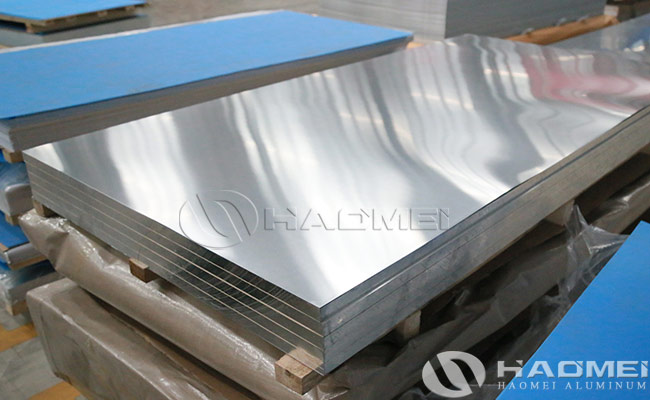The 6061 t6 aluminum alloy sheet has three different and common heat treatment states: O, T4, and T6. The difference between the state of 6061 aluminum sheet T6 and T651 is that under normal circumstances, the internal stress of T6 will be relatively large, and the processing will be deformed. The more suitable state for processing temper should be 6061 T651, it is stretched on the basis of T6 temper to eliminate internal stress. The hardness of the 6061 aluminum alloy sheet has a lot to do with the composition. The higher the magnesium content, the better the hardness.

The main alloying elements of 6061 t6 aluminum alloy sheet are magnesium and silicon, and the Mg2Si phase is formed. If it contains a certain amount of manganese and chromium, it can neutralize the bad effects of iron. Sometimes a small amount of copper or zinc is added to increase the strength of the alloy without significantly reducing its corrosion resistance. There is a small amount of conductive materials in order to offset the adverse effects of titanium and iron on electrical conductivity. Zirconium or titanium in 6061 aluminum sheet can refine the grain and control the recrystallized structure. In order to improve the machinability, lead and bismuth can be added. Mg2Si is solid-dissolved in aluminum, which makes the alloy have artificial age hardening function.
6061 t6 aluminum alloy sheet has good processing performance, good corrosion resistance, high toughness, easy coloring after processing, and good oxidation effect. The main usage of 6061 aluminum alloy sheet are: widely used in various industrial structural parts that require a certain degree of strength and high corrosion resistance, such as the manufacture of trucks, tower buildings, ships, trams, and railway vehicles. The 6061 aluminum alloy material’s proprietary chemistry, casting and production technology are the stability and consistency of the material. High stability and consistency, reducing deformation and movement during sawing and processing.
Contact Us
- 1103, No.14 Waihuan Road, CBD,Zhengzhou, China
- +86-0371-65621391
- nydia@aluminumhm.com
- Contact Form

